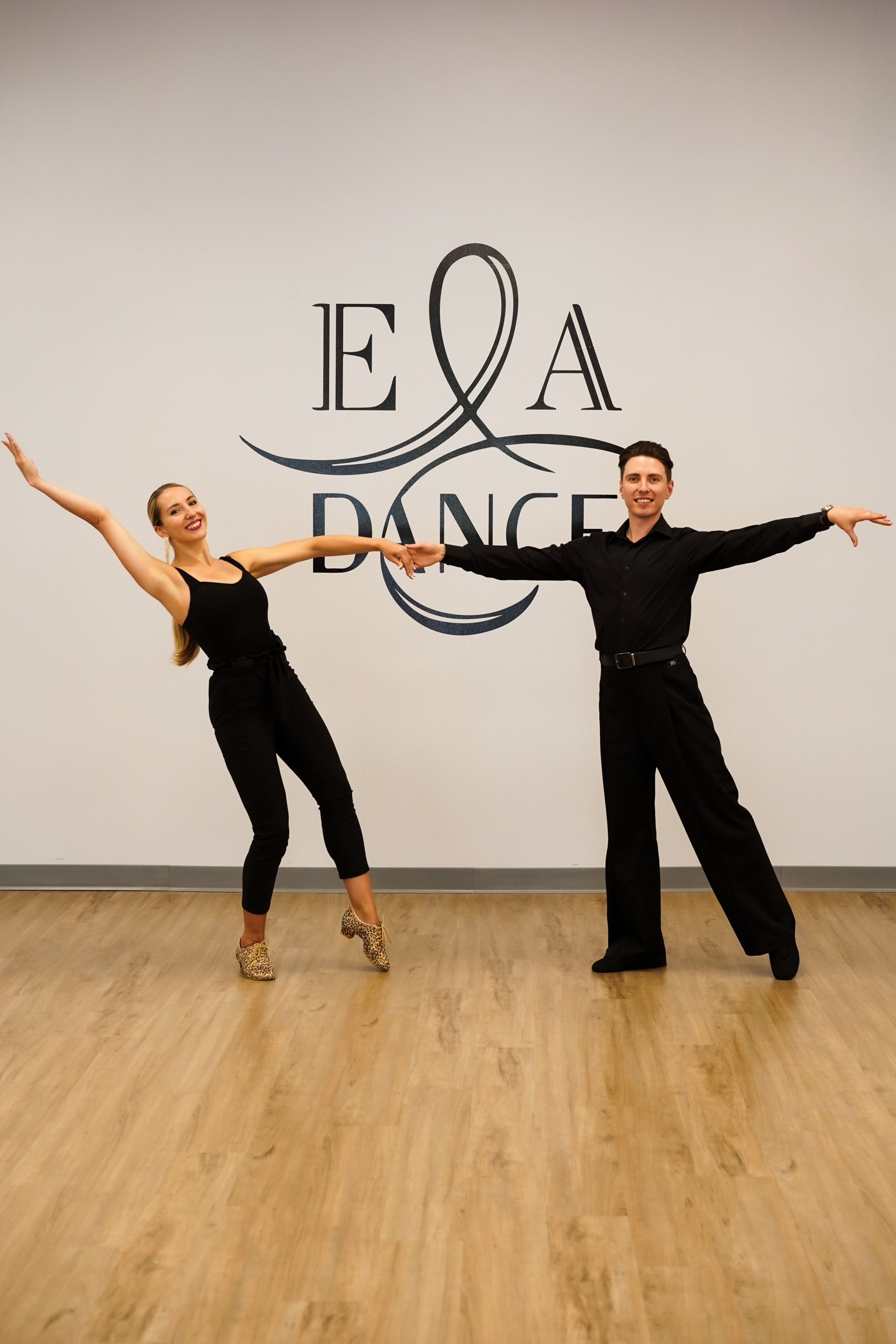Waltz Dance Lessons Near Kissimmee, Florida
Looking to get private dance lessons near Kissimmee, Florida? We've got you covered! We are conveniently located in Ocoee and ready to help you on your dance journey!

Waltz
The waltz is a graceful and romantic ballroom dance characterized by its smooth, flowing movements and 3/4 time signature. Here are some key points about the waltz:
1. **Origin**: The waltz originated in Austria in the late 18th century and gained popularity throughout Europe during the 19th century. It is considered one of the oldest ballroom dances.
2. **Music and Tempo**: The waltz is danced to music with a moderate tempo, typically around 28-30 measures per minute. The music features a strong emphasis on the first beat of each measure, giving the dance its distinctive rhythm.
3. **Basic Steps**: The basic steps of the waltz include a box step or a progressive step, where partners move around the dance floor in a smooth, continuous motion. The dance is characterized by its rise and fall action and graceful turns.
4. **Frame and Posture**: Proper frame and posture are essential in waltz, with dancers maintaining an upright stance, relaxed arms, and a strong connection through their upper bodies. This allows for smooth communication and fluid movement between partners.
5. **Elegance and Romance**: The waltz is celebrated for its elegance, romance, and timeless appeal. Its graceful movements and sweeping turns create a sense of intimacy and connection between partners, making it a popular choice for weddings and other formal events.
6. **Variations**: There are several variations of the waltz, including the Viennese Waltz, American Waltz, and International Waltz. Each variation has its own unique style, choreography, and technique, but all share the fundamental elements of the waltz.
Overall, the waltz is a classic and beloved ballroom dance that continues to captivate dancers and audiences with its beauty, grace, and charm. Its rich history and elegant movements make it a cherished tradition in the world of dance.